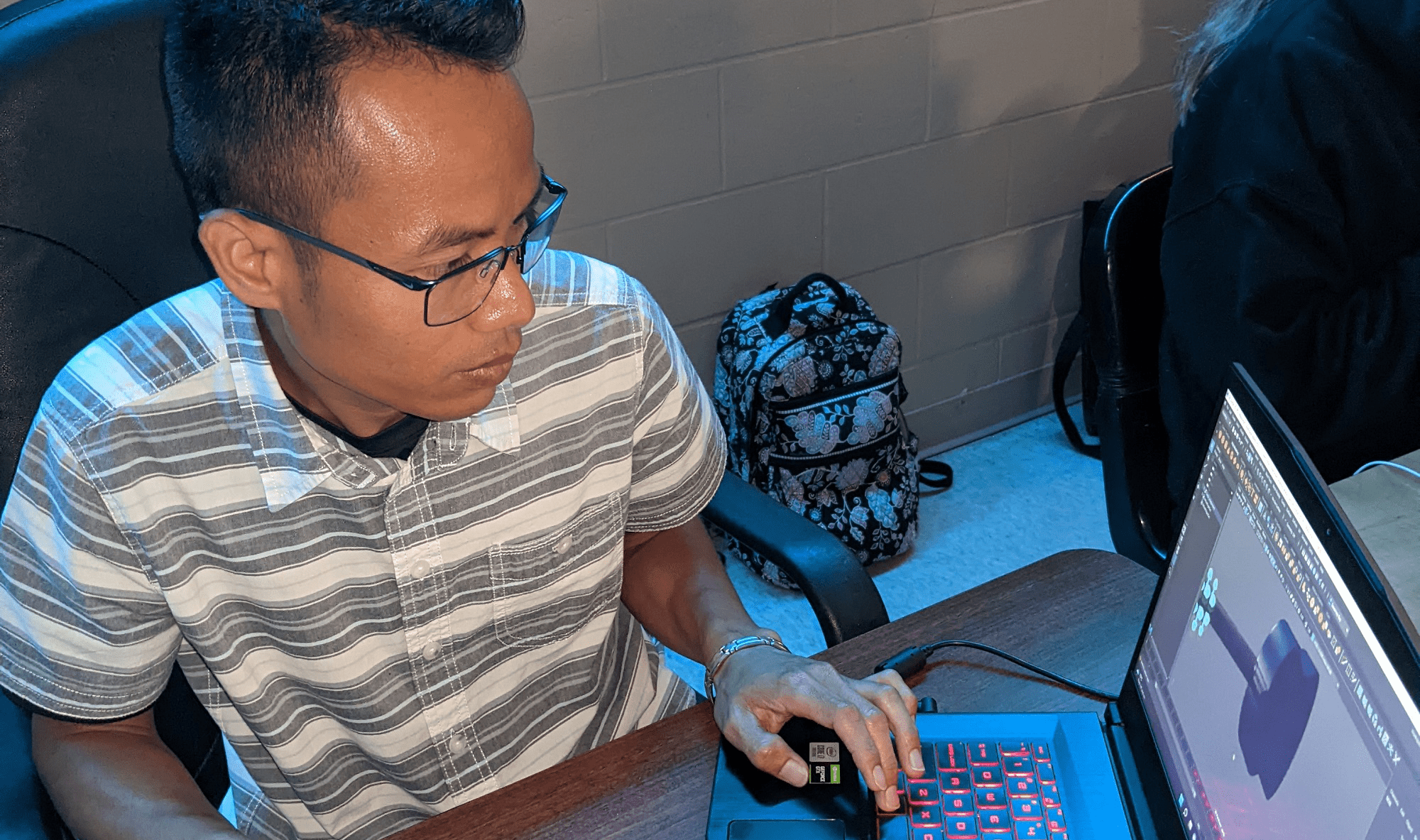If you didn’t know, video-games take a lot of artistic effort to make: from sound design, concept, animation and modelling, everything must be created from scratch and have a spark of originality – or, some “flair”.
Particularly, modellers, animators and other artists are very important jobs in the industry; composing a high-standard game from start to finish, for example, takes roughly up to 30 or 40 people from these fields — sometimes, even more!
Which brings us to how 3D artists and other game devs cope with higher-ups’ managing of such larger groups delegating tasks to individual positions that compose the popular “game dev” archetypes.
The “game dev”, and how this archetype’s routine translates to reality

In short, “game dev” represents a surprisingly large range of job positions, of which you’ve already found out above. However, this archetype is usually acknowledged due to many functions of game development being shared between these animators and modellers.
Here, at Maritime Business College, we offer the 2D/3D Animation & Digital Arts Program, for example, which motivates students to expect sharing these tasks – meaning, animators who can also produce models with sufficient skill, and vice-versa.
Many know about the “dev crunch” aspect of this career; a time when game devs are very busy due to time constraints, studio deadlines, publisher deadlines, and many other reasons. During crunches, many tasks end up accumulating and being redistributed among developers.
This leads to some of them being redistributed among workers, mostly without regards to which sector they’re working in. Which means: 3D Artists may end up giving a helping hand to animators, and vice versa.
The extent to which this happens varies a lot, mainly because games are diverse and very specific as to which softwares are being employed. Many modellers can also produce textures with some talent – which lends itself to their emergency usefulness in crunches.
As you may know, this is common workplace practice, and goes beyond making video games; it stems from the pragmatic need to meet deadlines, covering for unavailable/sick colleagues, and other “out-of-the-ordinary” situations that demand flexibility — in short, “life happens” and we must all stand up to break the tide eventually.
Managing this emergency share of workloads between game devs properly is a challenging job, which brings us to the next point!
Successful management brings effective organisation

Masahiro Sakurai, a worldwide famous director from Nintendo Japan, has a YouTube channel about video-game design. He discusses, in his channel, why “ten people can do the work of seven”.
Sakurai, lead creative director of the Super Smash Bros. franchise since 1999, and creator of Kirby, brings to light many aspects of game-design in his YouTube channel – such as managing artists, teams and delegating tasks to game devs harmoniously.
In this topic, he cites that management must be executed with the prospect of building a game designing enterprise from a top-down perspective; the game dev team must have leeway to produce, not wasting their time on managing their own time and schedule.
“When a skilled worker goes into leadership, they often aren’t able to replicate their regular output on a larger scale”, says Sakurai. Many digital artists who rise up to become lead project designers, or managers, lose track due to unfamiliarity with the bigger picture.
With “run-of-the-mill” animators and artists sharing creative functions, this can lead to teams going haywire in no time; drowning in multiple tasks with no focus due to lack of preparation and skills to properly execute such tasks.
Which is why successful 3D artists must think of underlying aspects to their field, especially in the game-design scene. A complete program, like the 2D/3D Animation & Digital Arts, covers every aspect of the game dev market and how to accomplish multiple tasks ranging between animation and modelling.
Making use of every digital design skill is paramount to your success in this field: without a well-rounded instruction, many devs probably wouldn’t be able to keep up with both modelling and animation demands from managers in a studio, for example!
Become a game dev!
Would you like to join the video-game industry as an artist and become a game dev? See more about our 2D/3D Animation & Digital Arts Diploma Program, a 2-year career-training that teaches the fundamentals of traditional arts, too!
It covers modelling, animation, level design, environment creation, understanding how to conciliate mechanics and designs, and much more – so that you can build an effortless career in the video game industry as an artist!


